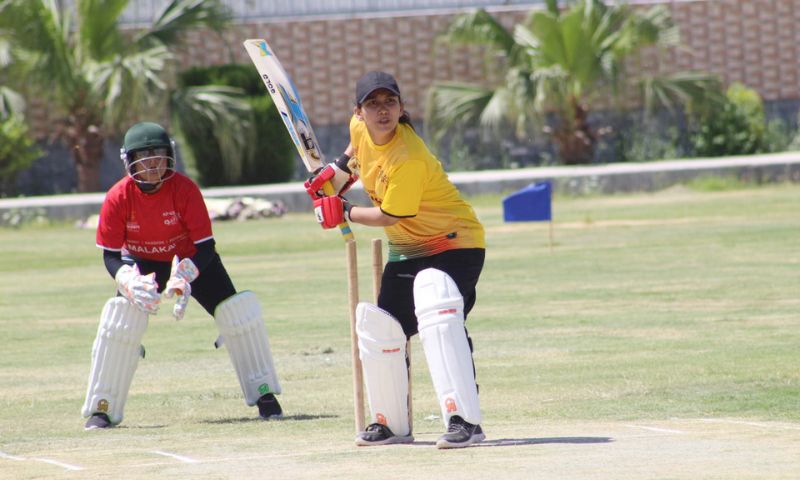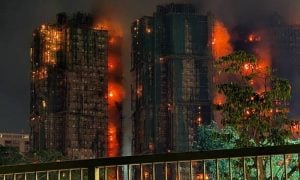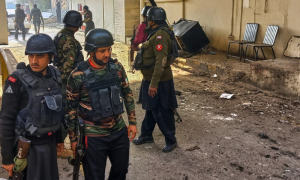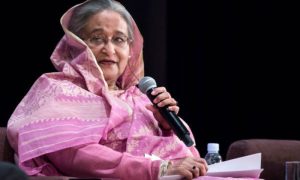MINGORA, Pakistan: On an overcast day in October 2023, a group of girls excitedly gathered at a cricket stadium in Charbagh, Swat—lacing up their shoes, adjusting their scarves, and readying their bats.
For them, it was more than a match—it was a rare chance to step onto a field they had long been denied.
Organised by Ayesha Ayaz, Pakistan’s youngest taekwondo athlete, the event was intended to provide girls from Babuzai and Kabal tehsils a safe and empowering space to play.
But the match was far from starting. The first ball had not yet been bowled when a group of clerics from nearby mosques and local elders descended like a storm on the stadium and abruptly called it off.
In a single moment, the excitement turned to dust.
This single incident, stark and symbolic, laid bare the quiet struggle faced by thousands of girls across Khyber Pakhtunkhwa: the struggle not just to compete, but to simply be allowed to play.
“I could not believe it,” Ayesha recounts, mixing frustration with sorrow as she spoke to WE News English. “These girls had managed to earn family support to join. They had come with so much hope. But a few men’s disapproving glances were all it took to dash those hopes.”
Ignored and underserved
In the scenic but socially conservative region of Khyber Pakhtunkhwa (KP), thousands of young girls and women dream of becoming athletes, but for many, those dreams are shattered long before they reach the starting line.
These girls had managed to earn family support to join. They had come with so much hope. But a few men’s disapproving glances were all it took to dash those hopes.” — Ayesha Ayaz, taekwondo athlete
Despite their evident passion and talent, a lack of sports facilities, cultural restrictions, and government indifference continues to waste the immense potential of female athletes in the province.
In a region where male athletes are given priority and infrastructure, the sports ambitions of girls remain on the back burner.
“I was one of the top volleyball players in my school, and I wanted to represent my district and even my country one day,” recalls Humaira, a resident of Mingora in Swat district.
“But after leaving school, I had no place to practice. There’s no ground, no club for girls. Eventually, I had to quit. It still hurts.”
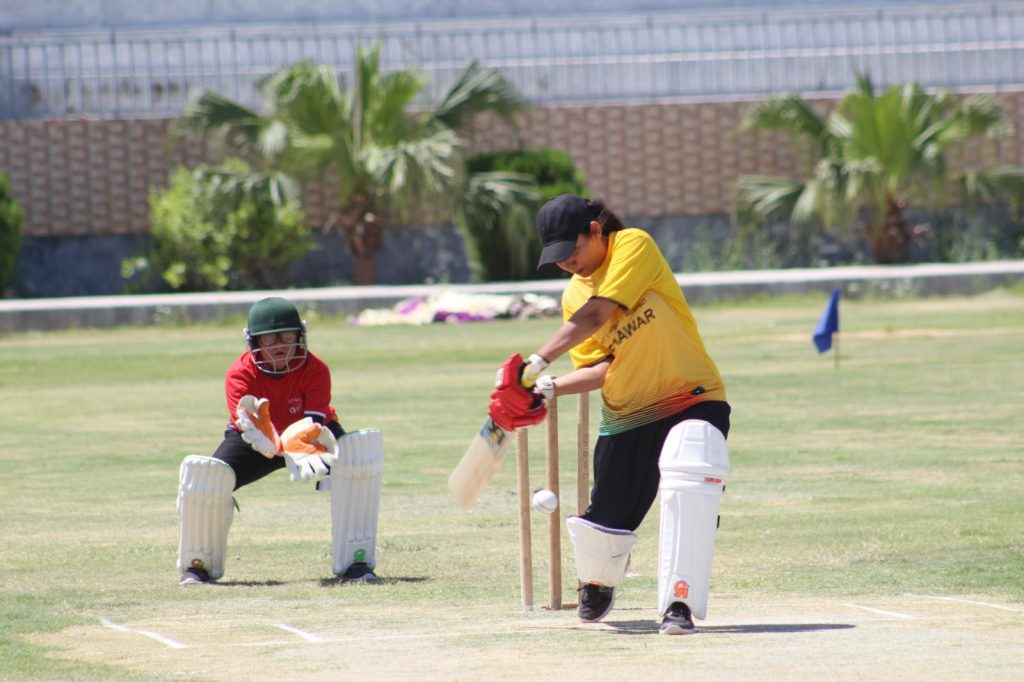
Sana Khan, a cricket enthusiast from Lower Dir, shares a similar story. “We only got to play during annual sports weeks in school, and even then, the space was limited. I trained myself by watching cricket matches on television and practising with my brothers in our backyard. But once I graduated, there was nowhere to go. No women’s club, no coach, and definitely no encouragement.”
No place to play
These stories are not isolated. According to data from the Schools and Elementary Education Office, over 7,000 girls from across Malakand Division participated in various sports at the school level and district championships last year.
The number reflects a clear desire among young girls to engage in sports, yet the opportunities vanish into thin air once they leave the school premises.
“Girls in Khyber Pakhtunkhwa are talented and passionate,” remarks Summaya, a sports coach and women’s rights activist currently based in Peshawar.
“But the truth is, the system is not built for them. There are no dedicated grounds or facilities for girls at the district level, and without those, their dreams crumble before they even take flight.”
Fighting an uphill battle
Summaya has spent the past few years lobbying for better sports facilities for women across the northwestern Khyber Pakhtunkhwa province, especially in regions like Swat, Lower Dir, Shangla, and Buner districts of Malakand Division. She believes that without government support, progress is next to impossible.
“There’s not a single proper sports ground for women in Malakand Division,” she points out.
“The government talks about youth development, but does nothing on the ground for girls. We need separate sports complexes in every district, qualified coaches, and proper equipment.”
Support meets stigma
Cultural conservatism also plays a significant role in clipping the wings of female athletes. In many areas, particularly in rural Pashtun communities, playing outside is seen as inappropriate for girls, leading families to discourage or outright ban them from taking part in physical activities.
Despite this, several girls get their families’ permission to play, but due to a lack of proper facilities and community support, they were left out in the cold, unable to pursue their passion.
I was one of the top volleyball players in my school, and I wanted to represent my district and even my country one day. But after leaving school, I had no place to practice. There’s no ground, no club for us girls. Eventually, I had to quit. It still hurts.” — Humaira, Swat
“My family supports my education, but when it comes to sports, they think it’s shameful for a girl to play badminton outside,” reveals Javeria, a 17-year-old student from Bajaur.
“I was part of the school badminton team, but I had to stop after my uncle scolded my father for allowing me to play.”
According to local education officers and social workers, the lack of awareness about the benefits of sports for girls—including improved health, confidence, leadership, and teamwork—adds fuel to the fire of these cultural barriers.
“There is a dire need to change societal mindsets along with infrastructure development,” explains a senior official from the Education Department in Malakand.
“We’ve seen that once facilities are available within a secure and separate environment, even conservative families come around to allow their daughters to participate.”
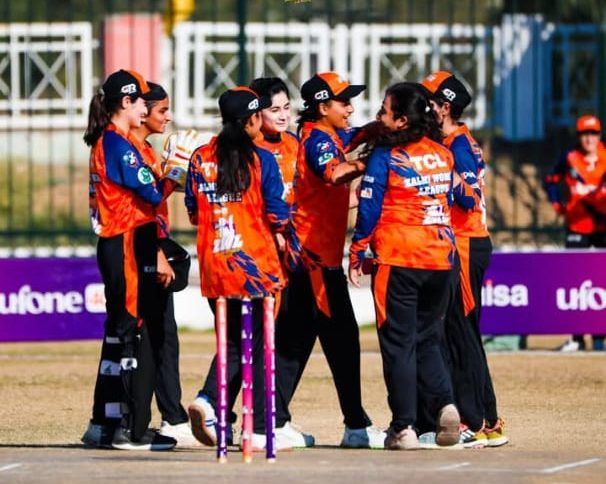
Playing days numbered
Laiba Anwar, an accomplished cricketer who represents her college at the provincial level, says that she had no cultural barriers from her family, but she was concerned about her future, as there was no separate sports ground for women where she could continue playing cricket after college.
“We’ve a small ground in our college where we practice cricket, but I’ll stop studying after completing my college education. I want to continue my sports activities, but I am afraid I’ll have to hang up my bat as there is no ground and no coaches for women,” she tells WE News English.
Summaya, however, says that during the previous PTI government, a dedicated gym and fitness centre was established at Makanbagh area in Swat for women, where women go to do various exercises—but that is a drop in the ocean.
Level the field
Girl athletes are now urging the provincial and federal governments to take serious steps towards promoting women’s sports in Khyber Pakhtunkhwa. They want separate sports grounds in every district of the province.
“We need separate sports grounds in every district,” states Laiba Anwar, a sports coach and activist.
“Without dedicated spaces, girls have nowhere to practice or compete once they leave school. It’s like asking them to play without a field.”
The girls also need female coaches and trainers to mentor young talent. “Hiring female coaches is crucial,” emphasises Javeria.
“Many families are hesitant to send their daughters to male trainers. If trained women coaches are available, more girls will be allowed to participate.”
There’s not a single proper sports ground for women in Malakand Division. The government talks about youth development but does nothing on the ground for girls.” — Summaya, coach and activist
The provision of equipment in educational institutions is also essential to promote sports culture among girls. “Our schools lack proper sports equipment,” notes Humaira.
“Even basic things like volleyball nets, rackets, or cricket gear are missing. If the government ensures the provision of equipment, it will make a huge difference.”
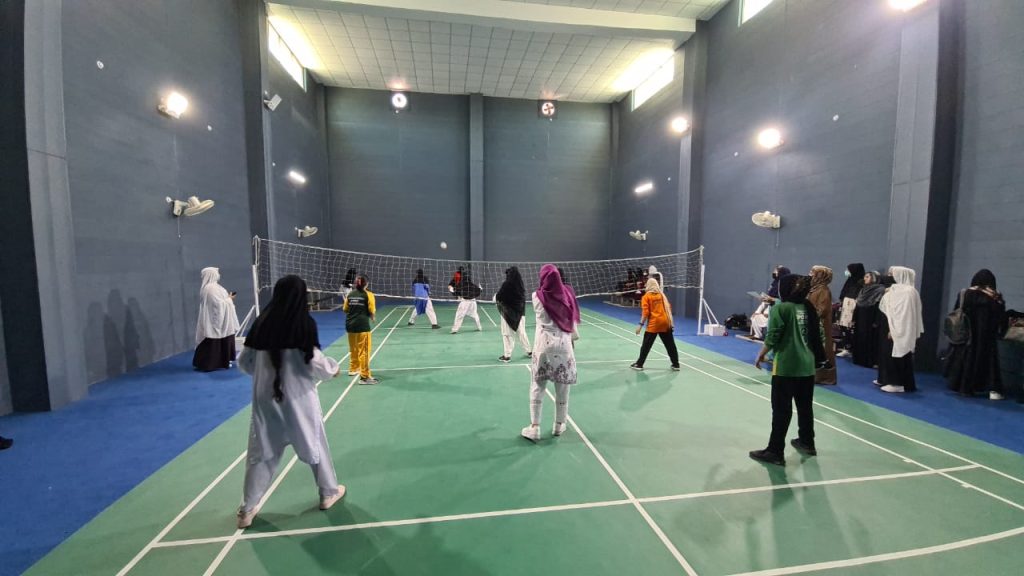
Community awareness campaigns can also play a pivotal role in reducing cultural resistance. “The government must run awareness campaigns to break these cultural barriers,” urges Summaya.
“If people understand that sports are not against our values but essential for health and empowerment, things will change.”
No ground to grow
Experts argue that the Khyber Pakhtunkhwa government’s current policies pay only lip service to female athletics.
While occasional girls’ sports events are held under government programmes, they are limited, irregular, and unsustainable without proper infrastructure.
In a province known for producing talented male cricketers and martial art players, there is no reason why women cannot achieve similar feats.
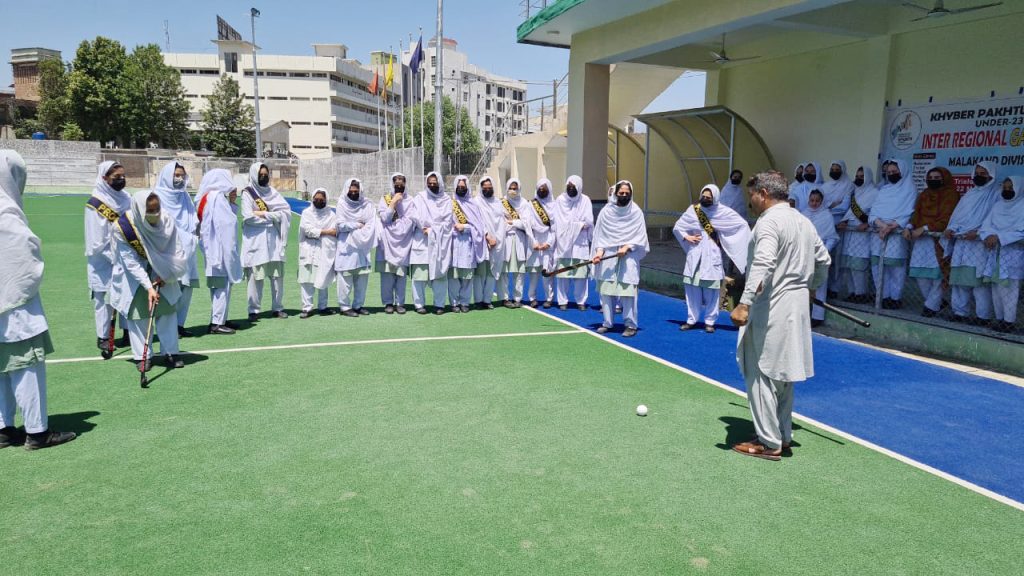
“You give us a ground, a coach, and a chance, and we’ll bring medals for Pakistan,” declares Sana confidently.
“The girls said that they could also bring honour to the country’s name on international forums like Ayesha Ayaz, if they were provided with the same opportunities.”
Until these demands are met, the future of female sports in Khyber Pakhtunkhwa will remain bleak—a silent loss, not just for the young girls who are denied a chance to thrive, but for the province and the nation that is missing out on their talent.
If Pakistan is serious about promoting women’s empowerment, youth development, and inclusive national progress, it must start by investing in the dreams of girls like Humaira, Sana, Javeria, and thousands of others whose ambitions are stifled—not by lack of skill, but by neglect and outdated norms.









